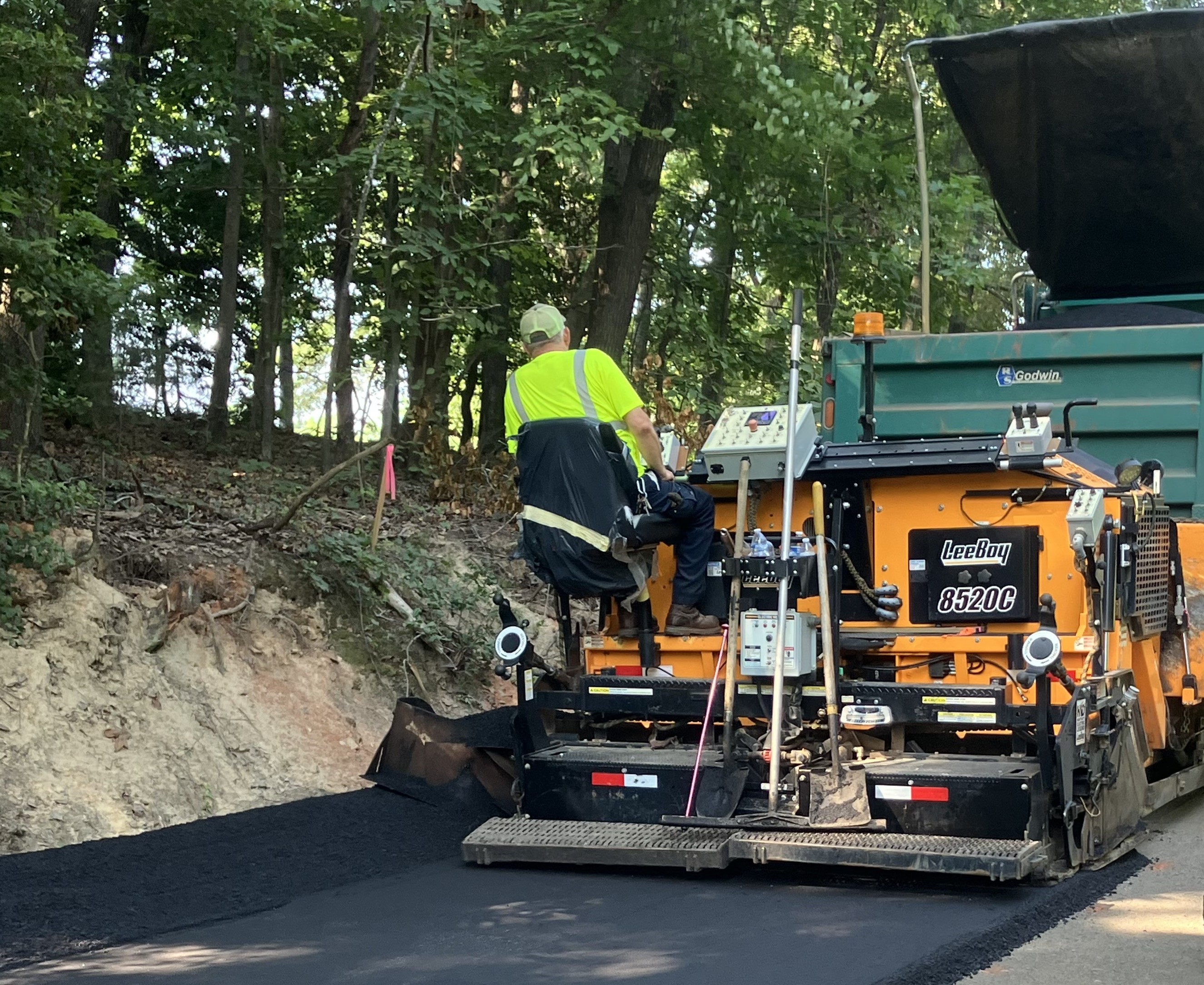Next Council Meeting
 The Official Web Site of the State of South Carolina
The Official Web Site of the State of South Carolina
Lexington County administrative offices are open Monday through Friday 8 AM to 5 PM

Lexington County is experiencing an exceptional level of growth, having recently surpassed a population of 300,000 people. With this growth, travel demand on the roadways in Lexington County is increasing substantially. Recognizing the trend of growth in our communities, Lexington County is concerned that the traffic infrastructure will become further stressed without effective transportation planning. It is important that the roads in our County meet the needs of the traveling public.
Transportation projects must be developed with funding for enhanced road quality, traffic flow, and overall mobility in Lexington County.
In order to address these growing transportation needs, Lexington County is considering a one-cent sales tax. A 1% sales tax would generate more than $80 million per year, and a portion would be collected from non-resident consumers passing through. A sales tax ensures that all road users, not just County residents, contribute to the transportation infrastructure.
A Capital Project Sales Tax (CPST) is a 1% sales tax which can be imposed by County Council only if approved by the majority of voters in a general election.
If passed, collections would begin on May 1 in the following year.
Unless voted on again, the tax will expire after a maximum of 8 years.
The sales tax would not apply to unprepared foods, prescription medication, vehicles, or fuel.
The sales tax is used only for specific projects listed on the ballot.
Planning
The first phase of a transportation project is the planning phase. This is where existing conditions are analyzed, needs are identified and prioritized, and feasible alternatives are considered.
For some projects, the planning phase will require special documentation due to environmental impacts and federal requirements.
Public involvement is a key feature of the planning phase. This process allows the public to have input on the project through opportunities like surveys or public meetings.
Design
Once the project has been identified and funding has been secured, transportation engineers begin the project design. Sometimes, conceptual layout can be developed during the planning phase.
The conceptual design will determine alignment, road width, additional lanes, and new structures, and new right of way needed. These plans will be reviewed and updated during the permitting process.
Right of Way Acquisition
Once the road width and layout has been designed, the transportation agency must obtain the right of way (property) before the project can move forward.
Utility relocations usually can begin while the right of way is being acquired.
Right of way negotiations can sometimes result in design adjustments. The construction plans are also being finalized during this phase.
Construction
Once the design is complete, and right of way has been acquired, the construction plans and specifications can be developed for advertising.
Construction bids are publicly opened on a specified date and reviewed by the managing agency before awarding the work to a contractor.